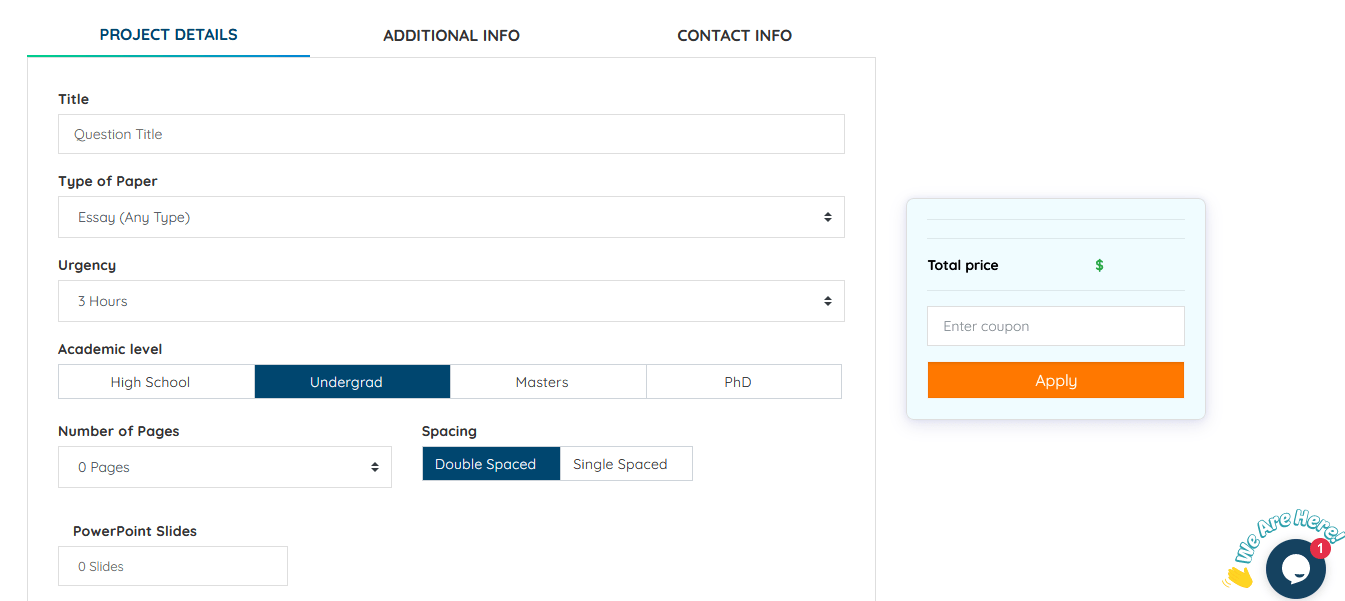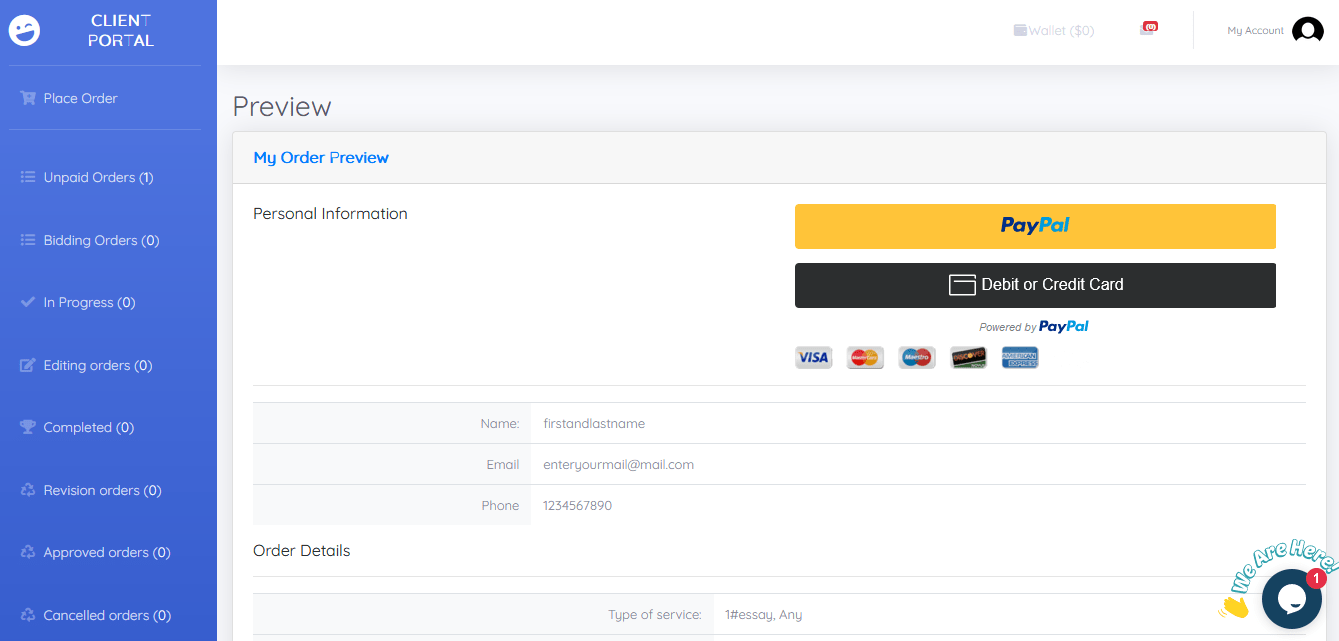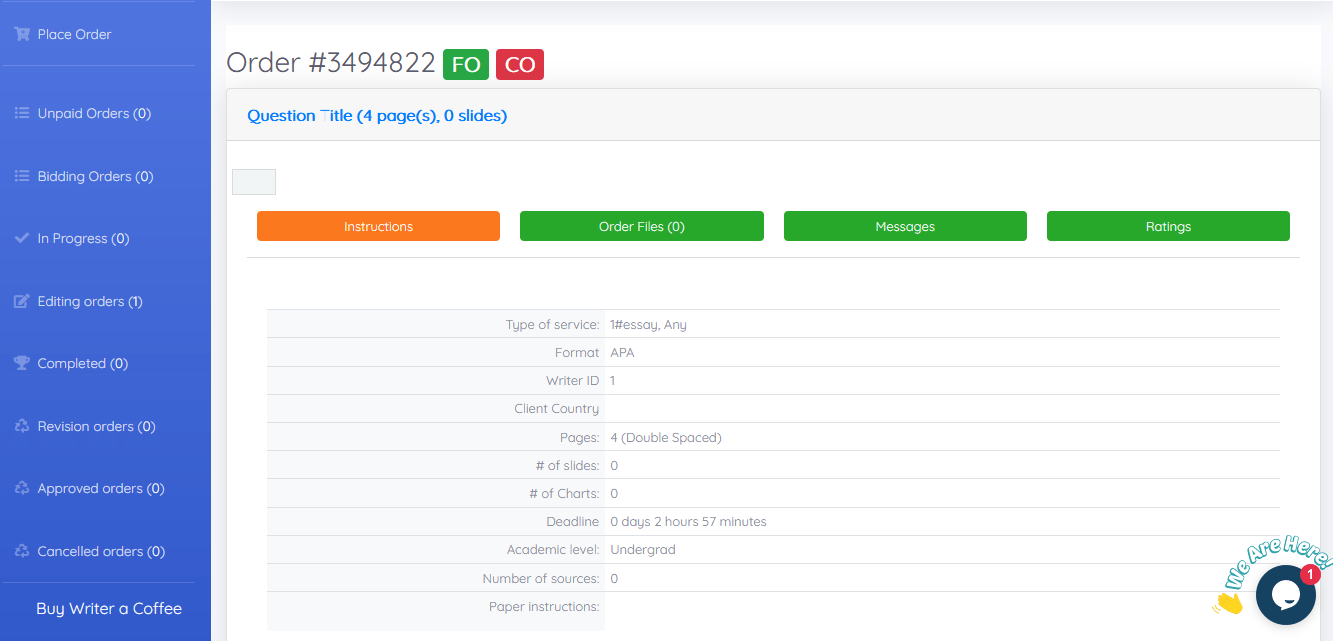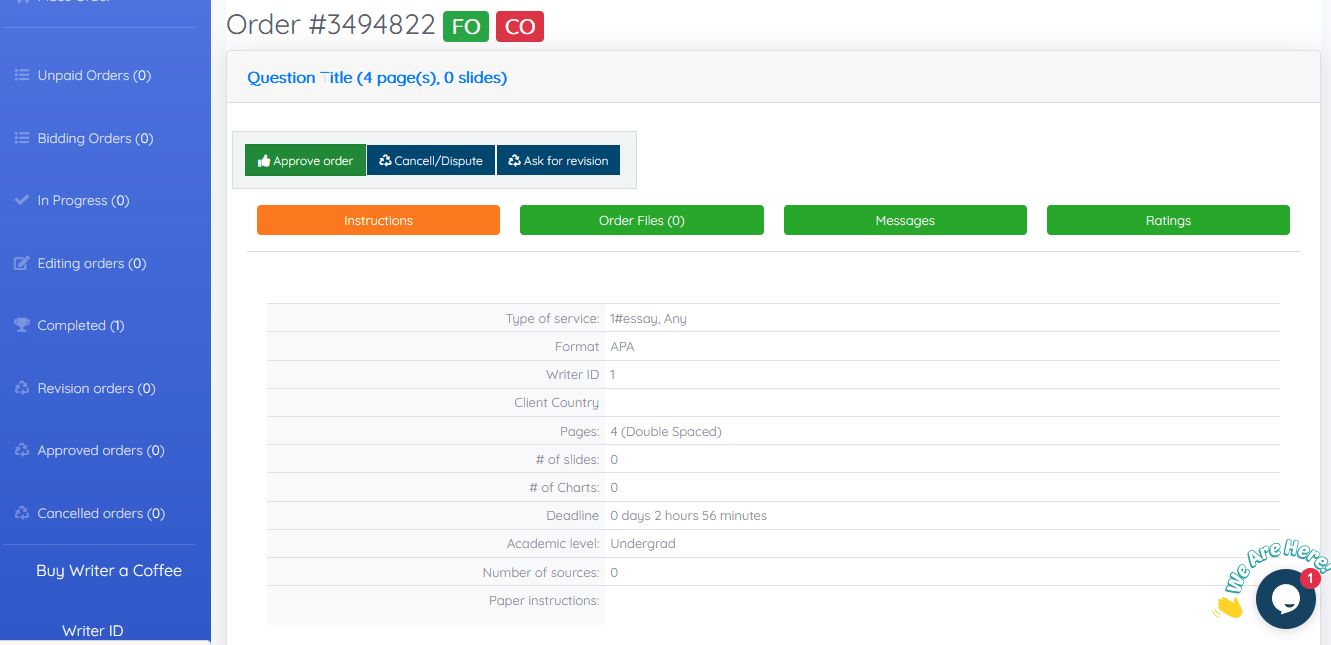Making Advanced Analytics Work.
Making Advanced Analytics Wo r k For YouA practical guide to capitalizing on big data by Dominic Barton and David CourtBig data and analytics have rocketed to the top of the corporate agenda. Executives look with ad-miration at how Google, Amazon, and others have eclipsed competitors with powerful new busi-ness models that derive from an ability to exploit data. They also see that big data is attracting serious investment from technology leaders such as IBM and Hewlett-Packard. Meanwhile, the tide of private-equity and venture-capital investments in big data continues to swell.The trend is generating plenty of hype, but we be-lieve that senior leaders are right to pay attention. Big data could transform the way companies do business, delivering the kind of performance gains last seen in the 1990s, when organizations redesigned their core processes. As data-driven strategies take hold, they will become an increasingly important point of com-petitive differentiation. According to research by Andrew McAfee and Erik Brynjolfsson, of MIT, com-panies that inject big data and analytics into their operations show productivity rates and pro tability that are 5% to 6% higher than those of their peers (see “Big Data: The Management Revolution” in this issue). Even so, our experience reveals that most compa-nies are unsure how to proceed. Leaders are under-standably leery of making substantial investments in big data and advanced analytics. They’re convinced that their organizations simply aren’t ready. After all, companies may not fully understand the data they al-ready have, or perhaps they’ve lost piles of money on data-warehousing programs that never meshed with business processes, or maybe their current analytics programs are too complicated or don’t yield insights that can be put to use. Or all of the above. No wonder skepticism abounds.Many CEOs, too, recall their experiences with customer relationship management in the mid-1990s, when new CRM software products often prompted great enthusiasm. Experts descended on boardrooms promising impressive results if new IT systems were built to collect massive amounts of customer data. HBR.ORGOctober 2012 Harvard Business Review 79
SPOTLIGHT ON BIG DATAIt didn’t turn out that way. Too many C-suites were blind to the practical implications of new CRM tech-nologies—namely, that to capitalize on them, or-ganizations would have to make complex process changes and build employees’ skills. The promised gains in performance were often slow in coming, because the systems remained stubbornly discon-nected from how companies and frontline managers actually made decisions, and new demands for data management added complexity to operations. To be fair, most companies eventually managed to get their CRM programs on track, but not before some had suff ered sizable losses and several CRM champi-ons had lost career momentum.Given this history, we empathize with executives who are cautious about big data. Nevertheless, we believe that the time has come to de ne a pragmatic approach to big data and advanced analytics—one tightly focused on how to use the data to make bet-ter decisions.In our work with dozens of companies in six data-rich industries, we have found that fully exploiting data and analytics requires three mutually support-ive capabilities. (See the exhibit “How to Benefit from Big Data.”) First, companies must be able to identify, combine, and manage multiple sources of data. Second, they need the capability to build ad-vanced analytics models for predicting and optimiz-ing outcomes. Third, and most critical, management must possess the muscle to transform the organiza-tion so that the data and models actually yield better decisions. Two important features underpin those activities: a clear strategy for how to use data and analytics to compete, and deployment of the right technology architecture and capabilities.Equally important, the desired business impact must drive an integrated approach to data sourcing, model building, and organizational transformation. That’s how you avoid the common trap of starting with the data and simply asking what it can do for you. Leaders should invest sufficient time and en-ergy in aligning managers across the organization in support of the mission. 1. Choose the Right DataThe universe of data and modeling has changed vastly over the past few years. The sheer volume of information, particularly from new sources such as social media and machine sensors, is growing rap-idly. The opportunity to expand insights by combin-ing data is also accelerating, as more-powerful, less costly software abounds and information can be ac-cessed from almost anywhere at any time. Bigger and better data give companies both more-panoramic and more-granular views of their business environ-ment. The ability to see what was previously invis-ible improves operations, customer experiences, and strategy. But mastering that environment means up-ping your game, nding deliberate and creative ways to identify usable data you already have, and explor-ing surprising sources of information.Source data creatively. Often companies al-ready have the data they need to tackle business problems, but managers simply don’t know how the information can be used for key decisions. Op-erations executives, for instance, might not grasp the potential value of the daily or hourly factory and customer-service data they possess. Companies can impel a more comprehensive look at information sources by being speci c about business problems they want to solve or opportunities they hope to exploit. For example, a banking team that needed to improve the efficiency of its customer-service operations created a 360-degree view by combining information from ATM transactions, online queries, customer complaints, and so on. That allowed dupli-cative interactions to be identi ed, thereby reducing costs and streamlining the customer experience.Managers also need to get creative about the po-tential of external and new sources of data. Social media are generating terabytes of nontraditional, unstructured data in the form of conversations, photos, and video. Add to that the streams of data owing in from sensors, monitoring processes, and external sources that range from local demograph-ics to weather forecasts. One way to prompt broader thinking about potential data is to ask, “What deci-A shipping rm improved on-time performance of its eet by tapping data on weather and port availability that it hadn’t realized were available.A shipping rm improved on-time performance of its eet by tapping data on weather and port availability that it hadn’t realized were available.80 Harvard Business Review October 2012
Making advanced analytics Work for yousions could we make if we had all the information we need?” Using that logic, one shipping company im-proved the on-time performance of its fleet by tap-ping specialized weather forecast data and live infor-mation about port availability that it hadn’t realized were available.Senior executives can take the lead here. The CEO of one major packaged-goods company told us that he views data as a strategic asset whose value he takes into account when assessing potential acquisi-tions. But leaders at all levels must also be attuned to novel approaches to gathering and husbanding information. As business practices in the internet era continue to evolve, inspiration can often arise from a scan of the external environment. A corporate fi-nance executive, for instance, might look to a com-pany such as Kabbage, a start-up that supplies work-ing capital to online businesses. To slash the time required to underwrite loans, Kabbage asks mer-chants to opt in to sharing their customer-feedback ratings, Facebook interactions, and electronic ship-ping records. Those with the strongest feedback and highest business volume receive greater financing.Get the necessary IT support. Legacy IT struc-tures may hinder new types of data sourcing, storage, and analysis. Existing IT architecture may prevent the integration of siloed information, and managing unstructured data often remains beyond traditional IT capabilities. Many legacy systems were built to de-liver data in batches, so they can’t furnish continuous flows of information for real-time decisions. Fully resolving these issues often takes years. However, business leaders can address short-term big data needs by working with CIOs to prioritize requirements. This means quickly identifying and connecting the most important data for use in ana-lytics, followed by a cleanup operation to synchro-nize and merge overlapping data and then to work around missing information. Such short-term tactics may lead companies to vendors that focus on analyt-ics services or emerging software. New cloud-based technologies may also offer ways to scale computing power up or down to meet big data demands cost-effectively. Together those approaches establish an IT infrastructure that propels innovation by facilitating collaboration, rapid analysis, and experimentation.2. Build Models that Predict and optimize Business outcomesData are essential, but performance improvements and competitive advantage arise from analytics models that allow managers to predict and opti-mize outcomes. More important, the most effective approach to building a model rarely starts with the data; instead it originates with identifying the busi-ness opportunity and determining how the model can improve performance.Unfortunately, not all model building follows this course. One approach that gets inconsistent results, for instance, is simple data mining. Corralling huge data sets allows companies to run dozens of statisti-cal tests to identify submerged patterns, but that pro-vides little benefit if managers can’t effectively use the correlations to enhance business performance. A pure data-mining approach often leads to an endless search for what the data really say. One company followed a more targeted strategy to optimize complex product pricing. At its core was a model based on the historical price elasticity of its products, sales data, competitors’ responses, and other variables. To improve its chances of suc-cess, the company began the modeling process by positing which factors affected sales volumes (for instance, competitors’ pricing and promotions) and then asked what data and which model would best deliver insights that were useful for making business decisions. We have found that such hypothesis-led modeling generates faster outcomes and also roots idea in BriefThe trend toward big data is growing rapidly, and senior leaders can’t afford to dismiss it as hype. Advanced analytics is likely to become a decisive competitive asset in many industries and a core element in companies’ efforts to improve performance.It’s a mistake to assume that acquiring the right kind of big data is all that matters. Also essential is developing analyt-ics tools that focus on business outcomes and that are relevant and easy to use for everyone from the C-suite to the front lines. That requires transforming your organization’s culture and capa-bilities, not in a rush to action but in a deliberative effort to weave big data into the fabric of daily operations.hbr.orgoctober 2012 harvard business review 81
SPOTLIGHT ON BIG DATAmodels in practical data relationships that are more broadly understood by managers.Remember, too, that any modeling exercise has inherent risk. Although advanced statistical methods indisputably make for better models, statistics ex-perts sometimes design models that are too complex to be practical. For example, a predictive model with 30 variables may explain historical data with high ac-curacy, but managing so many variables will exhaust most organizations’ capabilities. Companies should repeatedly ask, “What’s the least complex model that would improve our performance?”3. Transform Your Company’s CapabilitiesThe lead concern expressed to us by senior execu-tives is that their managers don’t understand or trust big data–based models. One large retailer intended its model to optimize returns on advertising spend-ing, but despite considerable investment, it wasn’t being used. The reason soon became evident: The frontline marketers who made key decisions on ad spending didn’t believe the model’s results and had little familiarity with how it worked.Many companies grapple with such problems, often because of a mismatch between the organi-zation’s existing culture and capabilities and the emerging tactics to exploit analytics successfully. In short, the new approaches don’t align with how companies actually arrive at decisions, or they fail to provide a clear blueprint for realizing business goals. Tools seem to be designed for experts in mod-eling rather than for people on the front lines, and few managers nd the models engaging enough to champion their use—a key failing if companies want the new methods to permeate the organization. Bot-tom line: Using big data requires thoughtful organi-zational change, and three areas of action can get you there.Develop business-relevant analytics that can be put to use. Like early CRM misadventures, many initial implementations of big data and ana-lytics fail simply because they aren’t in sync with the company’s day-to-day processes and decision- making norms. The aforementioned case of a com-pany that aimed to optimize prices illustrates how to avoid those common pain points. The company started with an analytics task force that convened a series of meetings with pricing and promotions managers to better understand the types of deci-sions they made when setting prices—and how How to Benefi t from Big Data123To improve performance with advanced analytics, companies need to develop strengths in three areas.Multiple Data SourcesPrediction and Optimization Models Organizational TransformationCreatively source internal and external data.Focus on the biggest drivers of performance.Create simple, understandable tools for people on the front lines.Upgrade IT architecture and infrastructure for easy merging of data.Build models that balance complexity with ease of use.Update processes and develop capabilities to enable tool use.those choices ultimately aff ected revenue and cus-tomer retention. Model designers also inquired about the types of business judgments that manag-ers make to align their actions with broader com-pany goals. These conversations ensured that both pricing analytics and resulting scenario tools would complement existing decision processes. The mod-eling allowed the company to reach its ultimate goal: more-effective management of price and volume trade-off s as product launches proliferated.Embed analytics into simple tools for the front lines. Managers need transparent methods for using the new models and algorithms on a daily ba-sis. By necessity, terabytes of data and sophisticated modeling are required to sharpen marketing, risk management, and operations. The key is to separate the statistics experts and software developers from the managers who use the data-driven insights. One large industrial company, for instance, sought to bet-ter forecast workforce needs to re ect local market variations. Historically, as the company had tried to keep labor costs low, it had often found itself short-staff ed in some markets, leading to signi cant over-time costs and service snafus. To remedy the problem, the company convened a small working group of analysts and IT programmers who developed a series of predictive models that 82 Harvard Business Review October 2012
Making advanced analytics Work for youliteracy. Managers must come to view analytics as central to solving problems and identifying oppor-tunities—to make it part of the fabric of daily opera-tions. Efforts will vary depending on a company’s goals and desired time line. Adult learners often benefit from a “field and forum” approach, whereby they participate in real-world, analytics-based work-place decisions that allow them to learn by doing.At one industrial services company, the mission was to get basic analytics tools into the hands of its roughly 200 sales managers. Training began with an in-field assignment to read a brief document and col-lect basic facts about the market. Next managers met in centralized, collaborative training sessions during which they figured out how to use the tools and mar-ket facts to improve sales performance. They then returned to the field to apply what they had learned and, several weeks later, reconvened to review progress, receive coaching, and learn about second-order analysis of their data. This process enabled a four-person team to eventually build capabilities across the entire sales management organization.Adjusting culture and mind-sets typically re-quires a multifaceted approach that includes train-ing, role modeling by leaders, and incentives and metrics to reinforce behavior. One large consumer-products company applied such an approach suc-cessfully. It created a sophisticated program to improve the profitability of promotional spending with its retailers. The launch included training—led by company management—and a new promotions-analysis tool for sales representatives. However, af-ter an initial whirlwind of activity, the program and use of the tool fizzled. The obstacle was that com-pany incentives and reporting protocols for sales managers tracked sales and sales growth, not prof-its. As a result, the managers considered the profit-focused program to be bureaucratic overhead that was unrelated to their key sales goals. After a series Using a simple tool to deliver complex analytics substantially improved workforce planning and reduced the need for new hires and overtime.forecast workforce availability on the basis of factors such as vacation time, absenteeism, and work rules in labor contracts. The models incorporated millions of new data points on thousands of employees across dozens of locations. But rather than providing man-agers with reams of data and complex models, they created a simple visual interface that highlighted projected workforce needs and necessary actions. Ultimately, that approach of using a simple tool to deliver complex analytics substantially improved workforce planning and reduced the need for new hires and overtime.Develop capabilities to exploit big data.Even with simple and usable models, most organiza-tions will need to upgrade their analytical skills and of discussions with the managers, the company re-launched the program, offered new incentives for improving profits, and tailored reports to profit-related data. Although ongoing training and coach-ing was necessary, the efforts gradually produced a shift in mind-set such that the power of promotions analytics is now used to further the common goal of increasing profitability.the era of big data is evolving rapidly, and our ex-perience suggests that most companies should act now. But rather than undertaking massive over-hauls of their companies, executives should con-centrate on targeted efforts to source data, build models, and transform the organizational culture. Such efforts will play a part in maintaining flexibility. That nimbleness is essential, given that the informa-tion itself—along with the technology for managing and analyzing it—will continue to grow and change, yielding a constant stream of opportunities. As more companies learn the core skills of using big data, building superior capabilities may soon become a decisive competitive asset. hbr reprint R1210EhbR.oRgoctober 2012 harvard business Review 83
Harvard Business Review Notice of Use Restrictions, May 2009Harvard Business Review and Harvard Business Publishing Newsletter content on EBSCOhost is licensed forthe private individual use of authorized EBSCOhost users. It is not intended for use as assigned course materialin academic institutions nor as corporate learning or training materials in businesses. Academic licensees maynot use this content in electronic reserves, electronic course packs, persistent linking from syllabi or by anyother means of incorporating the content into course resources. Business licensees may not host this content onlearning management systems or use persistent linking or other means to incorporate the content into learningmanagement systems. Harvard Business Publishing will be pleased to grant permission to make this contentavailable through such means. For rates and permission, contact permissions@harvardbusiness.org
——————————————————————————————————————————-
Please read the following Harvard Business Review – MIT Sloan Management Review Article:
.
Making Advanced Analytics Work For You
by Dominic Barton and David Court
Harvard Business Review, October 2012
.
Please, answer for your INITIAL posting and discuss the following questions:
.
1. Detailed – Comprehensive Summary for THIS article.
.
How to Write a Summary of an Article
https://owlcation.com/academia/How-to-Write-a-Summary (Links to an external site.)
.
Your Detailed – Comprehensive Summary for THIS article post should be no less of 1,700 words.
.
2. Which are the three most CRITICAL ISSUES of THIS article? Please explain why? and analyze, and discuss in great detail …
For EACH Critical Issue please post at least two strong comprehensive paragraphs
.
3. Which are the three most relevant LESSONS LEARNED of THIS article? Please explain why? and analyze, and discuss in great detail …
For EACH Lesson Learned please post at least two strong comprehensive paragraphs
.
4. Which are the three most important BEST PRACTICES of THIS article? Please explain why? and analyze, and discuss in great detail …
For EACH Best Practice please post at least two strong comprehensive paragraphs
.
5. How can you relate THIS article with the TOPICS COVERED in class? Please explain, analyze, and discuss in great detail …
.
6. Do you see any alignment of the concepts described in THIS article with the class concepts reviewed in class? Which are those alignments and misalignments? Why? Please explain, analyze, and discuss in great detail …
I expect high caliber reviews with top analyses and interesting insights for THIS article !!
If you have any questions, please let me know.





